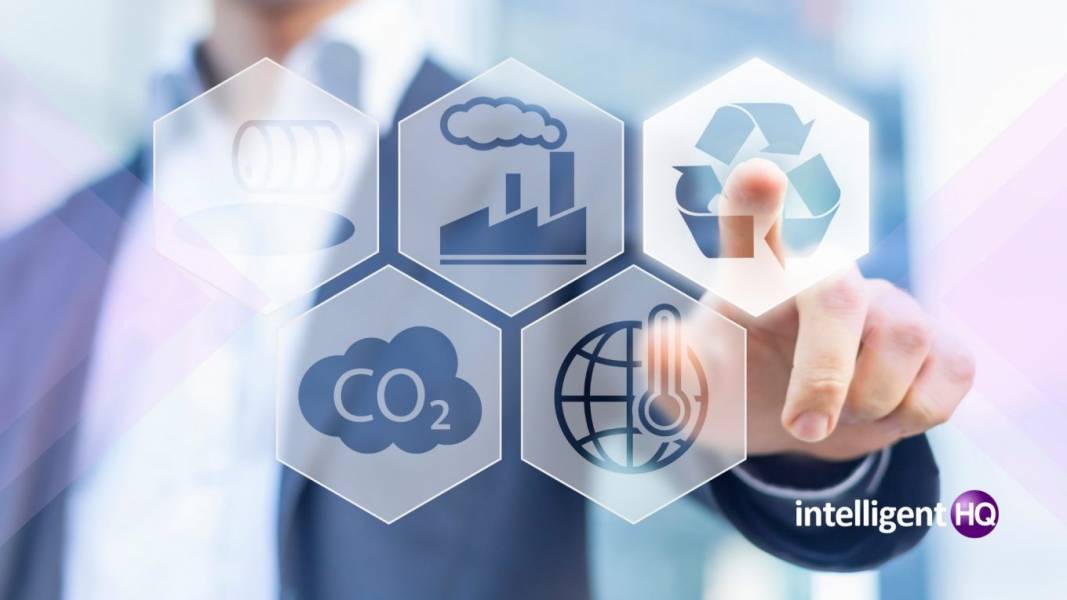The chief climate indicators are worsening globally. Although the pandemic led our world to a transitional reduction in carbon dioxide emissions, it is back to (and is even surpassing) the pre-pandemic levels. Holding off drastic measures, therefore, is completely out of scope if the carbon-neutral levels are to be achieved by the year 2050.

Carbon dioxide levels are record high (and rising). The effects of global warming can be seen everywhere around – the past decade has been the hottest ever, ice caps on the poles are the lowest, and extremes of weather – increased floods, droughts, apocalyptic fires, storms, cyclones, etc., are the new normal. Besides, the world is experiencing a sharp collapse of biodiversity, accelerated spread of the deserts, and warming up of the oceans (enhanced by chokes due to plastic waste).
According to a study, unless the world cuts its fossil fuel consumption by 6% every year until the year 2030, things are going to get worse. Instead, it is at a course of a 2% rise annually. Global efforts, such as that by the Intergovernmental Panel for Climate Change (IPCC) and the Paris agreement have limited the global warming levels to 1.50C.
Carbon Neutrality: The only potential solution for a sustainable future
Carbon neutrality is the congregation of strategies to help reduce greenhouse gas (GHG) emissions while ensuring sustainable economic and social growth for all that is simply not contingent on resource use. It is the very DNA of the Convention.
Failure to comply with the carbon neutrality principles could have devastating effects, especially for the economically disadvantaged (and other vulnerable) sections of the society – who have contributed insignificantly to global warming but stand to lose the most out of it.
“Science is clear: if we fail to meet these goals, the disruption to economies, societies, and people caused by COVID-19 will pale in comparison to what the climate crisis holds in store”, UN Secretary-General António Guterres.
Achieving carbon neutrality – efficiently and economically
Broadly speaking, the number of countries that have been pledging to adopt a sustainable model for realising the carbon-neutral goals has been on a rise. The key features of a sustainable carbon neutrality model include net-zero (or stable) energy systems that are affordable and ensure universal energy access and enable robust economic growth in the world. A dynamic, clean, and resilient energy economy is an essential component of the model.
Let’s find out how the world strategies on building carbon-neutral earth.
Building a truly global coalition for carbon neutrality Every institution, organisation, and company should focus on cutting down the global emissions to 45% by the year 2030. Technological advancements provide the necessary leverage. Economic analysis suggests that running a coal plant is more financially draining than building a new renewable plant from scratch.
Further, the International Labour Organisation confirms that even though the technology is the cause of an inevitable job loss, transitioning to cleaner energy alternatives would create 18 million ‘green’ jobs by the year 2030.
In order to balance this transition, it is essential to recognise the human cost of decarbonisation, while supporting the workers with social protection and re-skilling (and up-skilling) them appropriately.
Aligning global finance with the Paris Agreement and SDG (Sustainable Development Goals) lays down the blueprint for a better future for the world. Initiatives like
• Replacing subsidies on coal (and fossil fuel) with those for the renewable energy sources
• Shifting the tax burden from taxpayers to the polluters of the environment
• Mandating the financial risk disclosure
• Integrating carbon neutrality goals in all fiscal and economic decision-making
• Banks aligning their lending with net-zero objectives
• Asset owners and managers decarbonising their portfolios
• Securing a breakthrough in adaptation and resilience
This is especially urgent for small island (and developing) states, where climate change has been an existential threat to its inhabitants.
With adaptation denoting only 20% of the climate finance, it hinders the global efforts to ensure a reduction in disaster risk. Increasing the share, however, could yield better ROI- a smarter way to invest.
The pathway is narrow, yet achievable
Reaching net-zero emissions globally by 2050 is a critical and formidable goal. Realising this goal hinges on an unprecedented application of clean and efficient energy technologies (and innovation) – those that already exist, with respective driving policies right in place.
Nevertheless, it is impossible to scale and accelerate the transition to net neutrality without the participation and undying support from the citizens. An unwavering and singular focus from all governments to work in a coalition is the prime need of the hour.
Coordination is the key to sustaining life on Earth.

With a driving passion to create a relatable content, Pallavi progressed from writing as a freelancer to full-time professional. Science, innovation, technology, economics are very few (but not limiting) fields she zealous about. Reading, writing, and teaching are the other activities she loves to get involved beyond content writing for intelligenthq.com, citiesabc.com, and openbusinesscouncil.org



























